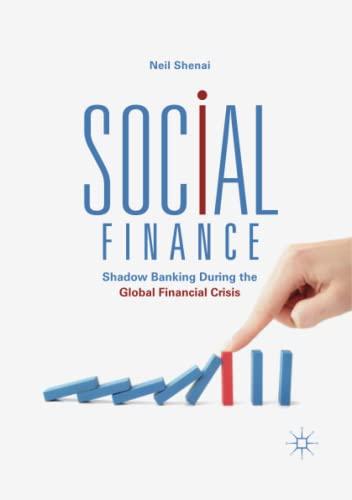Answered step by step
Verified Expert Solution
Question
1 Approved Answer
4. Stock Q has a Beta of 1.42 and a standard deviation of 43%. The market has a standard deviation of 22%. a. Calculate the
 4. Stock Q has a Beta of 1.42 and a standard deviation of 43%. The market has a standard deviation of 22%. a. Calculate the percentage of systematic risk and non-systematic risk in Stock Q? 5. Stock H has just paid a dividend of $4.40 per share, and it is expected to grow payments by 2.3% perpetually. The Beta for Stock H is 1.6 . The risk-free rate is 4% and the expected return on the market is 9%. a. Calculate the cost of equity for Stock H b. Calculate the intrinsic value of Stock H c. Calculate the intrinsic value of Stock H one year from today d. If the current price of Stock H is $45.00, calculate the expected alpha of Stock H (don't forget to include the dividend payment when calculating one-year returns) 4. Stock Q has a Beta of 1.42 and a standard deviation of 43%. The market has a standard deviation of 22%. a. Calculate the percentage of systematic risk and non-systematic risk in Stock Q? 5. Stock H has just paid a dividend of $4.40 per share, and it is expected to grow payments by 2.3% perpetually. The Beta for Stock H is 1.6 . The risk-free rate is 4% and the expected return on the market is 9%. a. Calculate the cost of equity for Stock H b. Calculate the intrinsic value of Stock H c. Calculate the intrinsic value of Stock H one year from today d. If the current price of Stock H is $45.00, calculate the expected alpha of Stock H (don't forget to include the dividend payment when calculating one-year returns)
4. Stock Q has a Beta of 1.42 and a standard deviation of 43%. The market has a standard deviation of 22%. a. Calculate the percentage of systematic risk and non-systematic risk in Stock Q? 5. Stock H has just paid a dividend of $4.40 per share, and it is expected to grow payments by 2.3% perpetually. The Beta for Stock H is 1.6 . The risk-free rate is 4% and the expected return on the market is 9%. a. Calculate the cost of equity for Stock H b. Calculate the intrinsic value of Stock H c. Calculate the intrinsic value of Stock H one year from today d. If the current price of Stock H is $45.00, calculate the expected alpha of Stock H (don't forget to include the dividend payment when calculating one-year returns) 4. Stock Q has a Beta of 1.42 and a standard deviation of 43%. The market has a standard deviation of 22%. a. Calculate the percentage of systematic risk and non-systematic risk in Stock Q? 5. Stock H has just paid a dividend of $4.40 per share, and it is expected to grow payments by 2.3% perpetually. The Beta for Stock H is 1.6 . The risk-free rate is 4% and the expected return on the market is 9%. a. Calculate the cost of equity for Stock H b. Calculate the intrinsic value of Stock H c. Calculate the intrinsic value of Stock H one year from today d. If the current price of Stock H is $45.00, calculate the expected alpha of Stock H (don't forget to include the dividend payment when calculating one-year returns) Step by Step Solution
There are 3 Steps involved in it
Step: 1

Get Instant Access to Expert-Tailored Solutions
See step-by-step solutions with expert insights and AI powered tools for academic success
Step: 2

Step: 3

Ace Your Homework with AI
Get the answers you need in no time with our AI-driven, step-by-step assistance
Get Started


